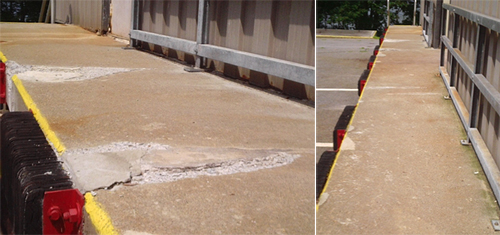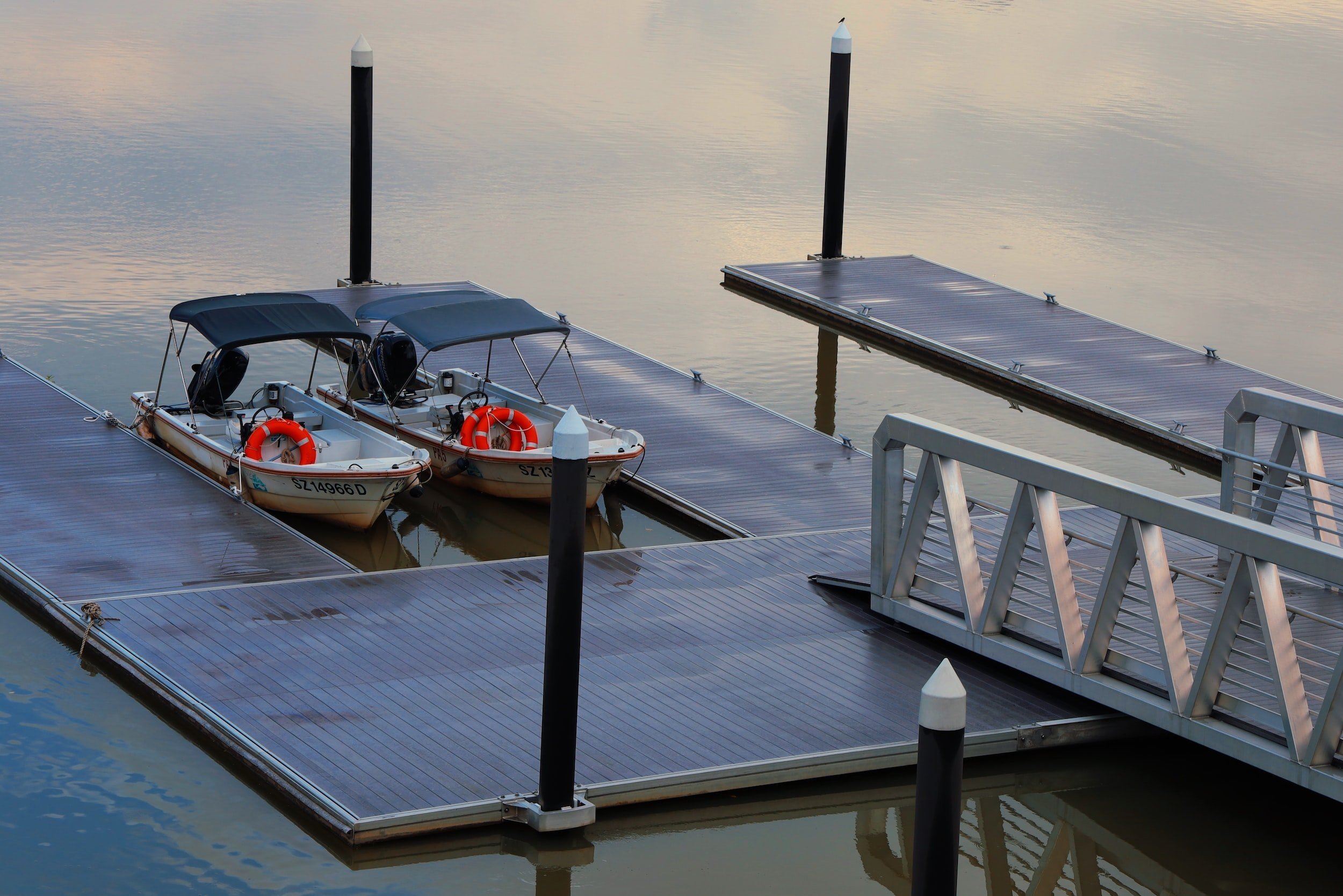Expert Insights on Durable Dock Repairs Solutions
Wiki Article
Just How to Address Common Dock Repair Work Issues for Safe Water Activities

Identifying Common Dock Issues
Determining common dock issues is vital for preserving the capability and security of your waterside residential property. Routine assessments can help reveal issues before they end up being serious, ensuring both the longevity of the dock and the safety and security of those who use it.An additional common issue is the deterioration of flotation gadgets. These devices are essential for keeping the dock buoyant, and any kind of damages or punctures can create the dock to listing or sink. Routinely looking for leaks or water logged drifts can preempt extra considerable concerns.
Additionally, algae and barnacle build-up on the dock's surface area can produce dangerous and unsafe problems. This biofouling not only presents a risk to customers but can likewise increase the degeneration of the dock products.
Lastly, evaluating for indications of corrosion on steel parts is crucial. Rust can jeopardize the honesty of the dock's structure, making it dangerous. By regularly determining these usual dock issues, you can make certain that your dock continues to be secure and practical for many years ahead.
Repairing Rotting Wood
When attending to the problem of deteriorating timber on your dock, it is imperative to act quickly to avoid additional degeneration. Begin by extensively examining the entire structure to identify all affected areas. Use a screwdriver to probe the timber; if it sinks in quickly, the timber is likely decomposed and needs prompt focus.When determined, get rid of the deteriorated sections utilizing a saw or sculpt. Make sure to reduce to healthy, solid timber, guaranteeing you get rid of all endangered material. After elimination, deal with the staying wood with a wood preservative to avoid future rot. This treatment will certainly aid secure against moisture, which is the main root cause of timber degeneration.
Following, replace the eliminated sections with marine-grade lumber or pressure-treated wood, which are extra resistant to water damages. Safeguard the new items with stainless-steel or galvanized fasteners to avoid deterioration. Furthermore, using a waterproof sealant to the brand-new timber can supply an added layer of protection.
Protecting Loose Boards
How do you guarantee your dock continues to be practical and safe for all its individuals? One essential facet is protecting loose boards, which can otherwise pose considerable threats. Loosened boards not only enhance the danger of stumbling yet can additionally jeopardize the structural integrity of the entire dock.
For reinstallation, use stainless or galvanized steel screws, as these products provide exceptional resistance to corrosion in marine environments. Make sure the screws are long enough to permeate deep into the underlying support framework, however not so long that they stick out through the dock's surface area. Pre-drilling pilot holes can assist protect against the wood from splitting.
Lastly, keep a routine inspection timetable to determine and deal with any kind of brand-new problems promptly. By securing loose boards successfully, you add to the overall safety and security and durability of your dock, making it a dependable system for water tasks.
Stabilizing Unsteady Pilings
Making sure the stability of unsteady pilings is paramount to keeping a functional and safe dock. Unstable pilings can jeopardize the whole structure, posing significant dangers to customers and potentially resulting in pricey repairs. The primary step in maintaining these necessary components is a thorough assessment. Analyze the pilings for indicators of rot, damage, or shifting. Utilize a level to examine for upright alignment and ensure they are driven deep sufficient into the substratum to provide ample support.If the pilings are located to be unpredictable, one effective technique for support is the use of added supporting. Cross-bracing with treated lumber or galvanized metal can dramatically enhance stability. Anchor the dental braces safely to both the pilings and the dock structure to disperse tons evenly.

Routine maintenance and routine reassessment of the pilings' security are vital to ensuring lasting dock security and functionality.
Changing Rusty Equipment
Attending to unstable pilings is just one element of preserving a dock's honesty; an additional crucial concern is changing corroded hardware. In time, exposure to dampness and salt can lead to the oxidation and deterioration of bolts, braces, and screws, jeopardizing the whole structure's security. Regular examination for rust is important, especially after severe climate or seasonal changes.When rustic equipment is recognized, instant activity is required. Begin by choosing marine-grade stainless-steel or galvanized hardware, both made to resist the extreme marine atmosphere. Ensure that you have the appropriate tools, such as wrenches and screwdrivers, to securely remove the old, corroded pieces without triggering additional damage to the dock.
After eliminating the rustic equipment, completely clean the affected areas to eliminate any kind of residual corrosion or particles. Apply a rust-inhibiting primer to subjected steel surface areas prior to mounting the brand-new hardware. Tighten all fixtures securely to avoid future loosening, and periodically inspect the installations to ensure recurring stability.
Changing rustic equipment not just prolongs the dock's life-span but also dramatically boosts the security of water tasks. By proactively taking care of rust, you secure both the framework and its individuals, making certain a secure and pleasurable waterfront experience.
Final Thought
Regular assessments and maintenance are important to address usual dock fixing problems and ensure safe site web water tasks. Such aggressive steps add to the overall safety and functionality of dock frameworks, fostering a secure setting for water-based activities.Making certain the security of water activities pivots substantially on the correct maintenance and repair of anchors (Dock Repairs). These devices are crucial for keeping the dock buoyant, and any type of damage or punctures can trigger the dock to checklist or sink. By regularly recognizing these common dock problems, you can make sure that your dock remains practical and safe and secure for years to come
Guaranteeing the security of unsteady pilings is vital to keeping a useful and safe dock.Routine evaluations and maintenance are crucial to attend to usual dock fixing issues and ensure risk-free water tasks.
Report this wiki page